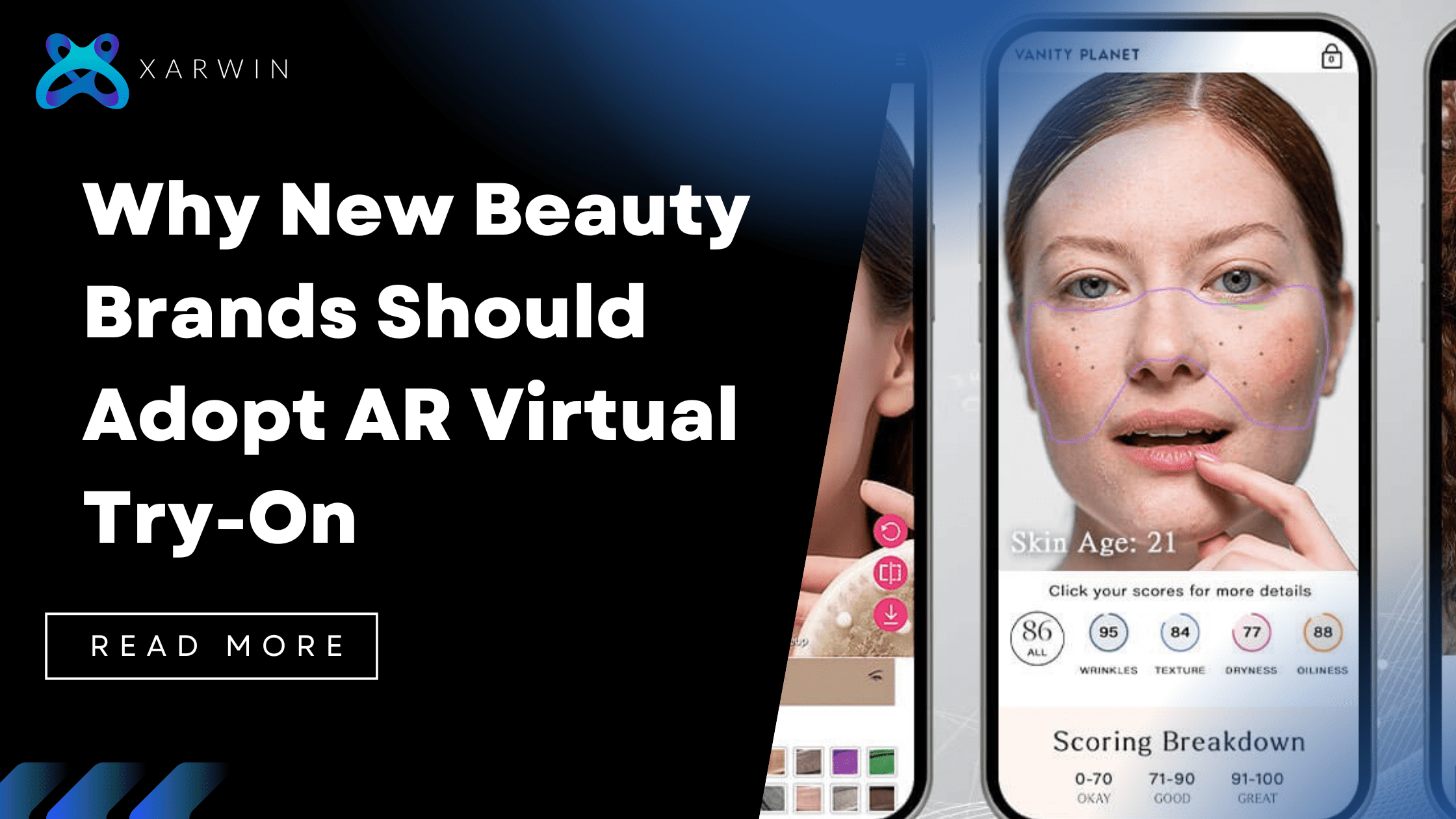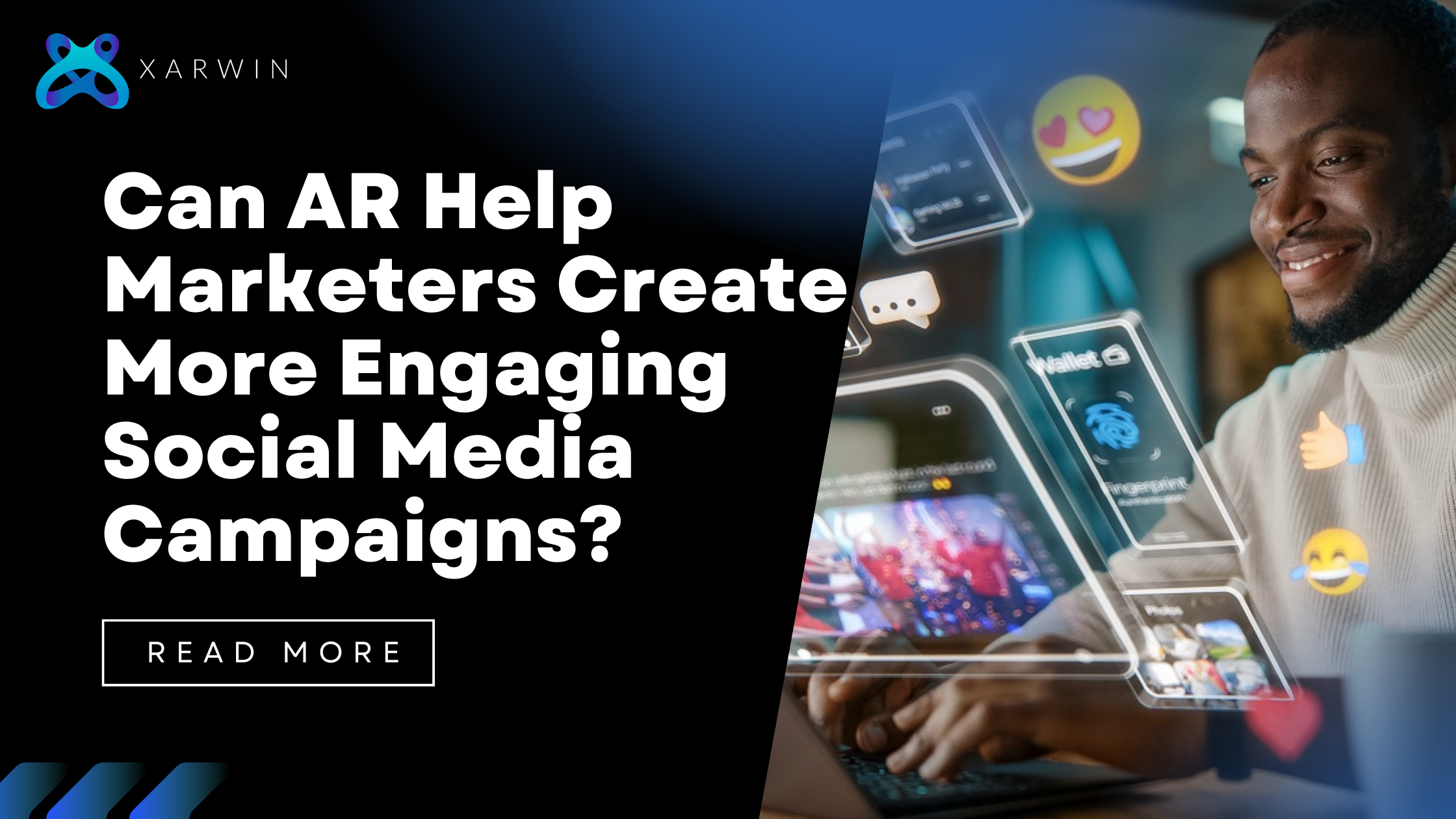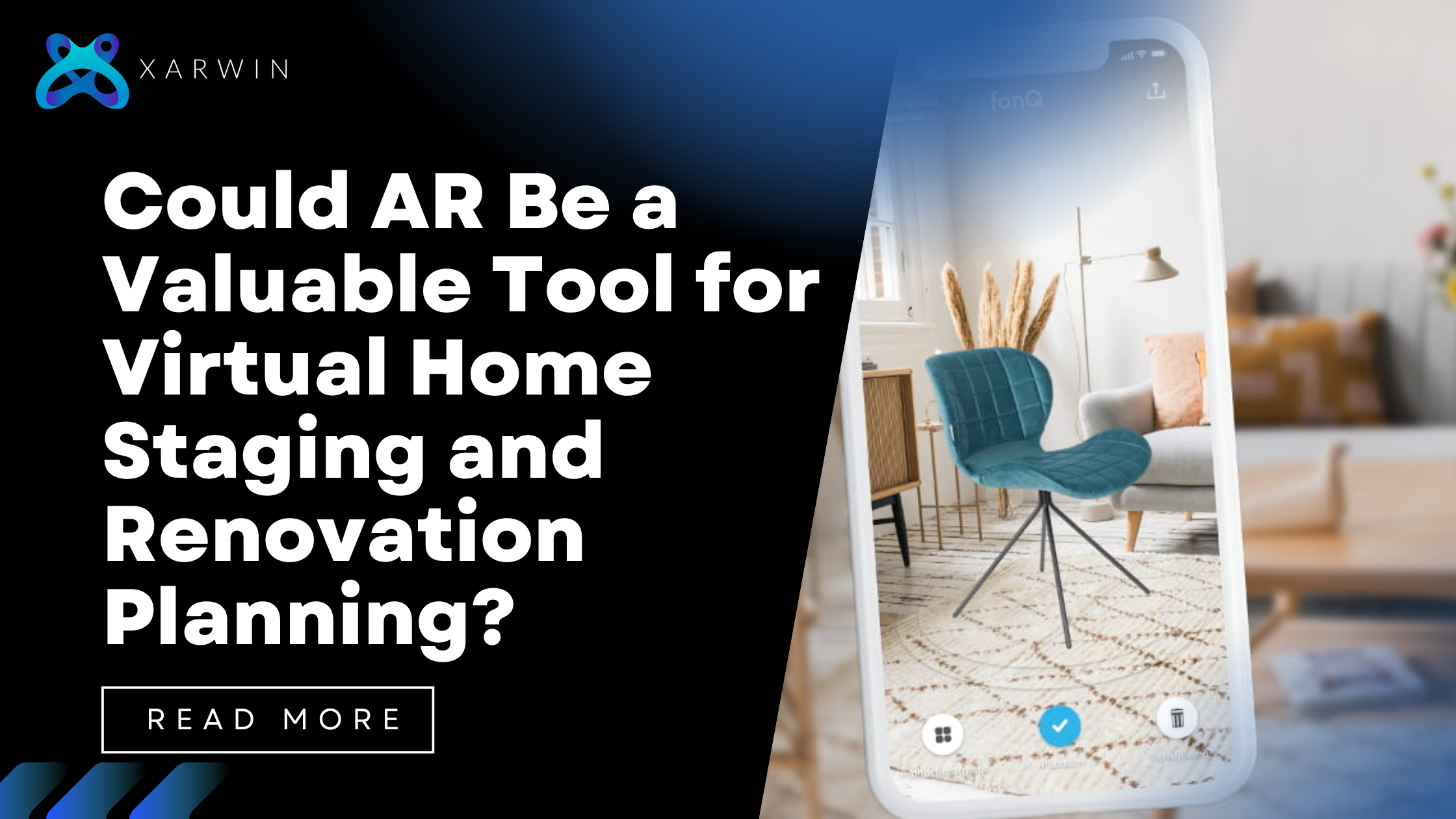1. Enhanced Customer Engagement:
AR Virtual Try-On offers a smart and engaging experience for customers. It enables them to virtually test out different beauty products – from lipsticks and eyeshadows down to hairstyles, and even skincare routines. This engagement involves more than the usual ways of shopping, making it memorable and fun. Additionally, the live feedback and immediate satisfaction derived from finding that perfect look fuel a stronger bond between the brand and the consumer.
2. Reduced Product Returns:
One of the major issues facing the beauty industry is the high percentage of product returns due to complications in colour or texture. This issue is reduced significantly with AR Virtual Try-On as customers are allowed to picture how a product will appear on them before purchasing. This reduces the chances of disappointment and, in turn, lowers return rates for a brand. As a result, this technology fosters an environmentally friendly and cost-efficient business approach.
3. Personalized Shopping Experience:
AR Virtual Try-On allows brands to gather useful information about customers’ preferences. When people are doing virtual try-ons, brands can see what choices customers make, thus gaining insight into individual preferences to help them with personalized product recommendations. This degree of customization improves the whole shopping process and facilitates a bond between the brand and its customers. Personalized recommendations also make customers feel special, fostering trust and customer loyalty, leading to repeat purchases.
4. Boost in Online Sales:
The advent of e-commerce has altered how consumers shop for beauty products. However, it can be discouraging that people cannot try on products physically before buying them. AR Virtual Try-On helps to overcome this gap by moving the process of in-store try-ons into the online environment. This bridge often becomes the cause of greater confidence among customers, which can significantly contribute to an increase in online sales for beauty brands. Beauty brands can hence benefit from the rise of online shopping while still guaranteeing customer satisfaction and trust in their purchases.
5. Social Media Integration:
AR Virtual Try-On effortlessly merges with social networking sites, so users can share their virtual beauty makeovers with friends and followers. This social sharing not only is free advertising for the brand but also builds a community feel towards the items. User-generated content can help increase the level of brand visibility and distinguish it as trustworthy. Moreover, the integration of social media offers an opportunity for direct customer comments, and thus, brands can gather useful information that can be used to make further improvements as well as innovations.
6. Innovation and Brand Differentiation:
By embracing AR Virtual Try-On, new beauty brands distinguish themselves as technology pioneers. So, this innovation appeals not only to tech-savvy consumers but also positions the brand as innovative and customer-oriented. In this regard, the uniqueness of such a virtual try-on experience becomes defining in terms of distinguishing the brand from competitors. Additionally, the constant evolution of AR features allows brands to stay ahead of industry trends, reinforcing their image as leaders in beauty innovation.
7. Accessibility and Inclusivity:
AR Virtual Try-On makes beauty more accessible and inclusive by eliminating barriers. By providing various virtual models and customizable elements, brands can reach a wider audience. This inclusiveness makes the brand image look good and opens a new market. Additionally, the technology can provide customers with different capabilities or tastes an opportunity to discover and enjoy beauty products in a manner that traditional methods could never deliver.
8. Cost-Efficiency in Marketing:
In traditional beauty marketing, elaborate photoshoots and expensive campaigns are the norm. Investing in technology that allows brands to directly engage with consumers will lead to more efficient marketing budgets, allowing higher returns for the company. Moreover, the sharing of virtual try-on experiences on social media platforms enhances their outreach potential further since satisfied customers become brand representatives and much fewer resources are needed for marketing activities.
Conclusion:
In conclusion, the adoption of AR Virtual Try-On is a strategic move for new beauty brands looking to thrive in the competitive market. The advantages and benefits discussed above, from enhanced customer engagement to reduced product returns, underscore the transformative impact this technology can have on the beauty shopping experience. By integrating AR Virtual Try-On into their marketing strategies, new beauty brands can not only meet the evolving expectations of consumers but also establish themselves as industry leaders in innovation and customer satisfaction.
As a trailblazer in augmented reality (AR), Xarwin combines innovation with a user-centric approach to redefine industry standards. Its team of expert engineers, designers, and strategists excels in crafting immersive AR experiences across various sectors. With each project, the company not only meets current demands but also shapes future trends, establishing itself as a leading force in the AR landscape.





